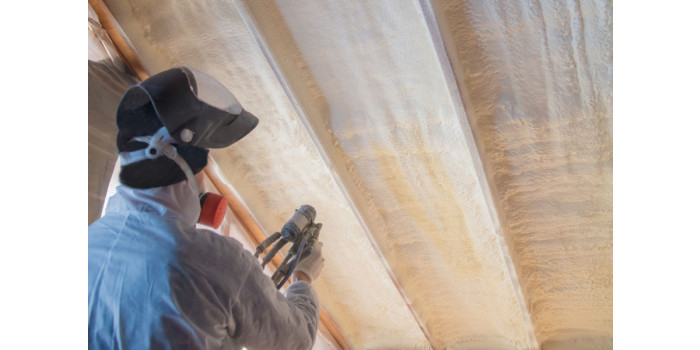Federal Tax Credit
November 29, 2022
If you're looking for a way to dramatically reduce your monthly energy costs, spray foam insulation may be the solution. Unlike traditional fiberglass or cellulose insulation, spray foam expands to seal every crack and crevice, creating an airtight barrier that significantly improves your home's energy efficiency.

Here’s how spray foam insulation can potentially cut your energy bills by up to 50%:
Spray foam insulation acts as both insulation and an air barrier. It eliminates drafts by sealing gaps around doors, windows, attics, crawl spaces, and other leak-prone areas. This reduces the amount of treated air that escapes and blocks outside air from entering, easing the load on your HVAC system.
Spray foam has one of the highest R-values per inch of any insulation type. This means it resists heat flow better, keeping warm air inside during winter and outside during summer, maintaining a consistent indoor temperature year-round.
Closed-cell spray foam resists water and prevents moisture intrusion, which not only protects your home’s structure but also helps avoid mold growth—reducing the strain on HVAC systems that must otherwise fight excess humidity.
With better thermal performance and reduced air leakage, your heating and cooling systems don’t have to work as hard. This leads to lower energy consumption and, in many cases, allows homeowners to downsize their HVAC units entirely.
While spray foam has a higher upfront cost than traditional insulation, the long-term savings in energy bills often pay for the investment within a few years. Homeowners frequently report savings of 30% to 50% on monthly utility bills.
Bonus: In addition to energy savings, spray foam insulation can increase property value, reduce outside noise, and improve indoor air quality by keeping out dust, pollen, and pollutants.
If you're planning a new build or retrofitting an older home, spray foam insulation is a smart upgrade that pays for itself in energy savings and comfort.